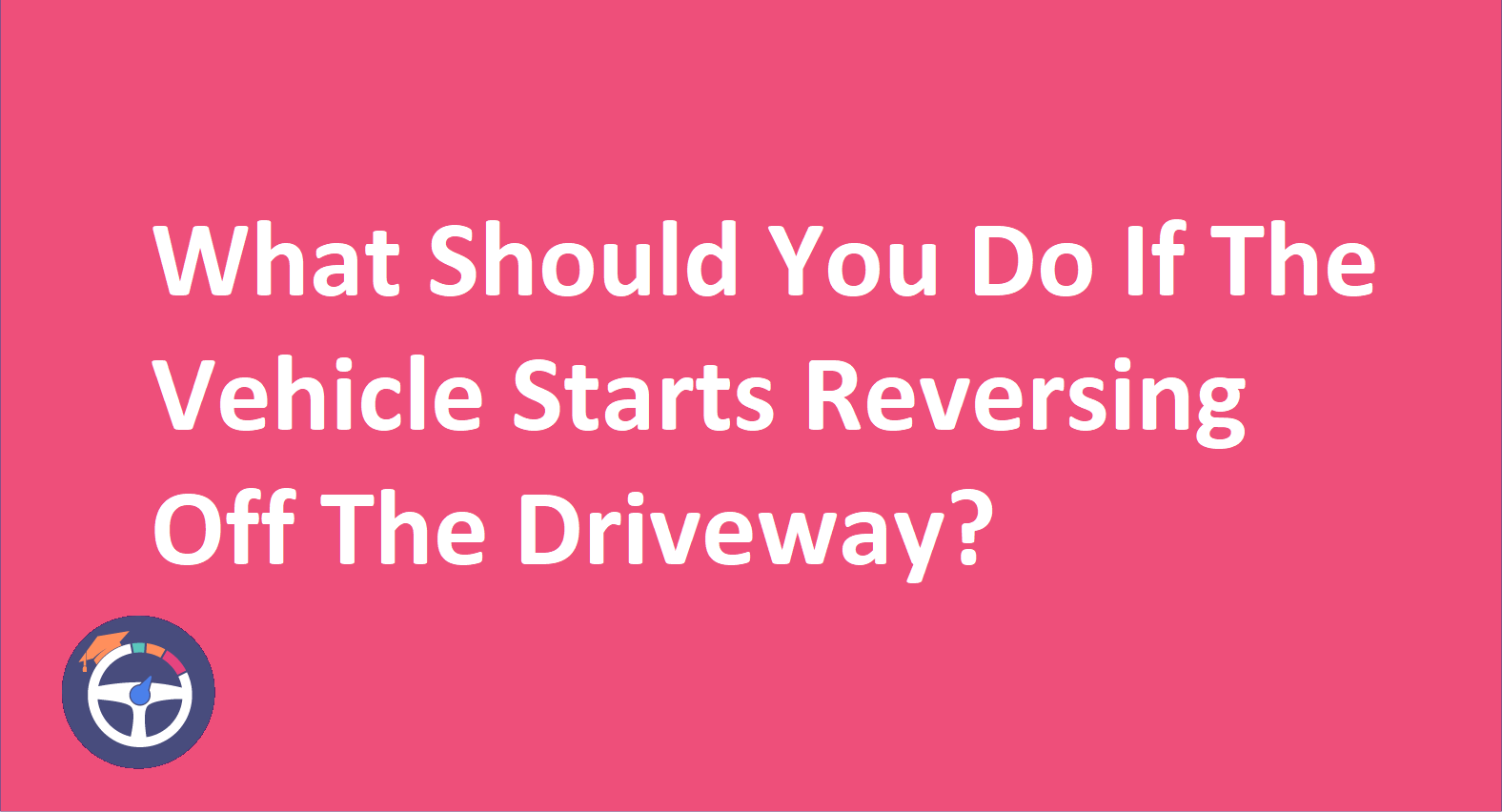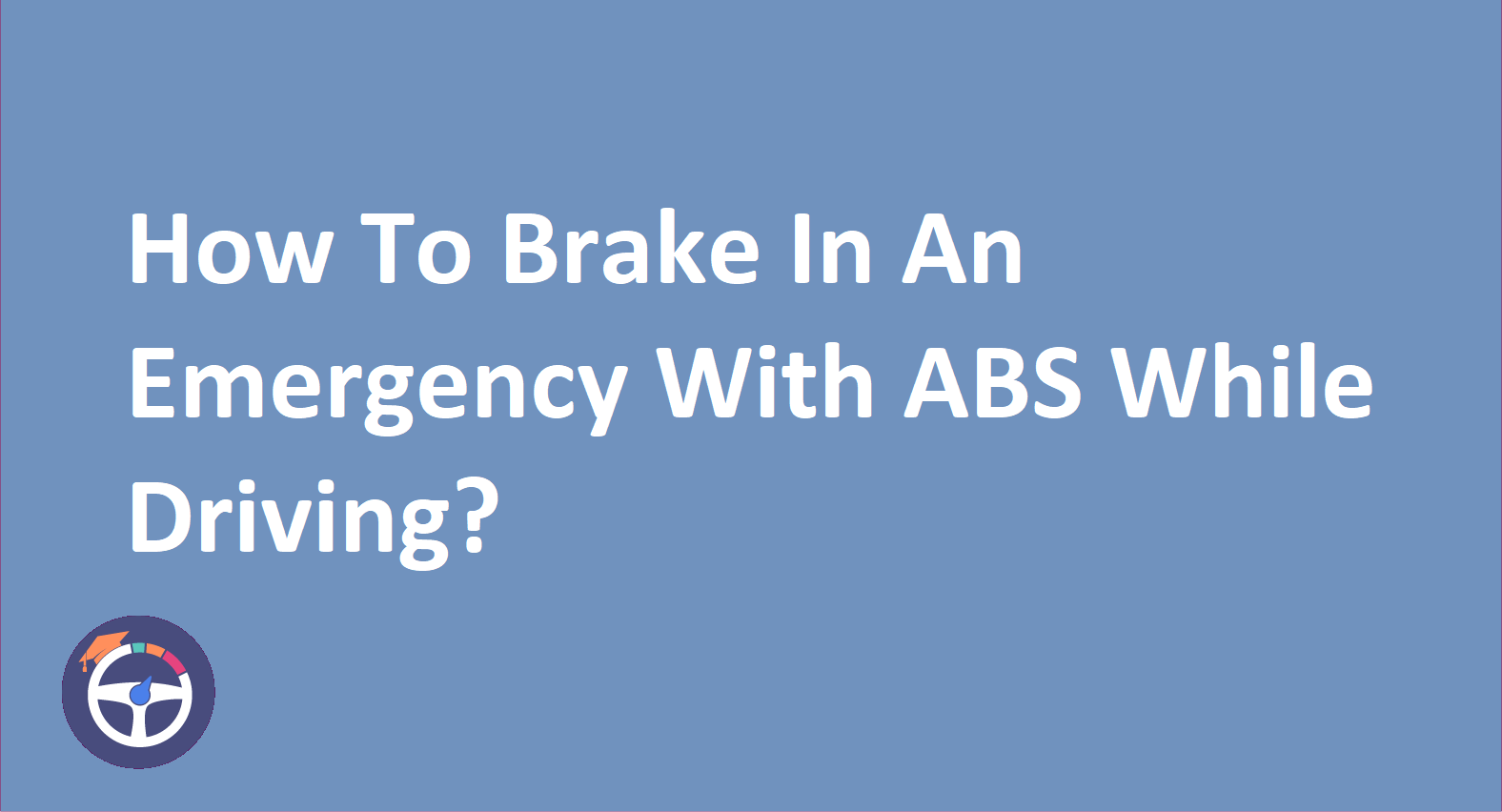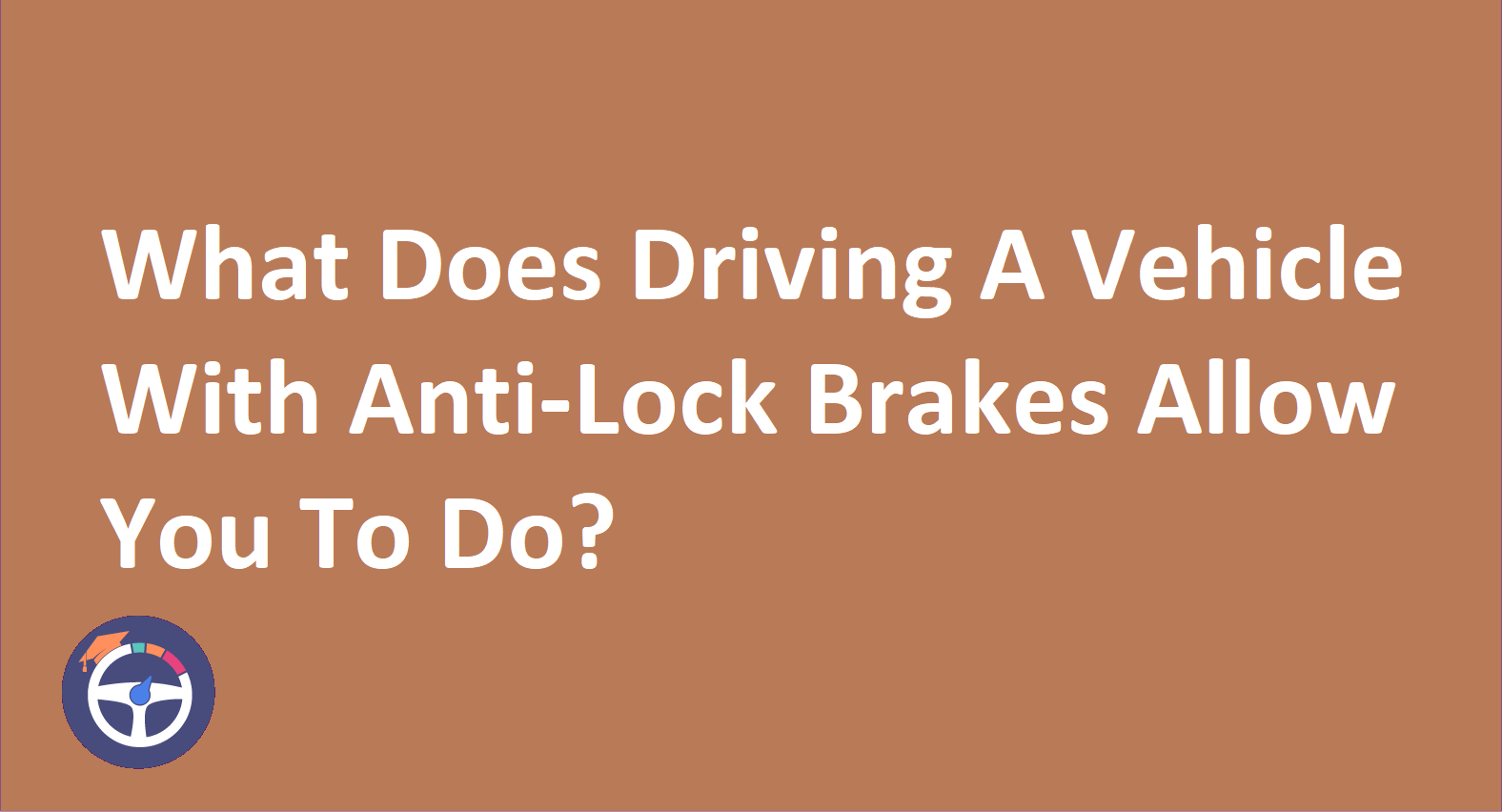How To Use Anti Lock Brakes In An Emergency?
If your vehicle is equipped with ABS and you need to perform an emergency stop, press down firmly on the brake pedal and hold it until the vehicle comes to a complete stop. It’s normal to hear a grinding noise and feel vibrations in the brake pedal as the ABS engages, so continue to apply pressure until the vehicle has stopped completely.

Content
- How To Use Anti Lock Brakes In An Emergency?
- What Should You Do When You Need To Stop Quickly With ABS?
- That’s A Wrap!
- FAQ
- Can I pump the brakes with ABS during an emergency?
- Does ABS work better in specific weather conditions?
- Should I release the brake pedal if it pulsates during ABS activation?
- Are all vehicles equipped with ABS equally effective in emergencies?
- Can ABS prevent collisions in all emergency situations?
In the hustle of UK roads, learning emergency braking is a skill every driver should possess. This blog we will learn how should you break in an emergency with ABS Anti-lock braking system
What Should You Do When You Need To Stop Quickly With ABS?
When braking in an emergency stop, you should:
Brake Promptly and Firmly:
When faced with an emergency that demands swift braking, the cardinal rule is to act promptly and with unwavering firmness. The ABS in your vehicle is designed to handle the situation, so slam your foot on the brake pedal, applying immediate and substantial pressure.
ABS Takes the Lead:
As your foot engages the brake pedal, the ABS system kicks into action. It becomes the maestro, orchestrating a delicate dance between brake pressure and wheel speed. The goal? To prevent wheel lock-up and skidding, ensure you maintain control over your vehicle even in the most challenging braking scenarios.
Feel the Pulsating:
While braking, you might sense a pulsating feedback through the brake pedal. This is the ABS working its magic. It's normal, and it's a sign that the system is modulating brake pressure to optimize traction. Embrace the pulsating sensation - its your assurance that ABS is on duty, keeping you and your vehicle safe.
Maintain Steady Steering:
As ABS takes charge of the braking process, remember to keep a steady grip on the steering wheel. This allows you to navigate the emergency situation with precision. ABS ensures you can steer while braking, a crucial advantage in avoiding obstacles and maintaining control.
Remember, Stopping is Key:
The ultimate objective of using ABS in an emergency is to bring your vehicle to a complete stop. Keep your foot firmly on the brake pedal until you've halted. Don't be alarmed by the ABS-induced pulsations; they're a testament to the system's effectiveness in preventing wheel lock-up and skidding.
Thats A Wrap!
In the fast-paced landscape of UK roads, understanding how to use Anti-lock Brakes in an emergency is a driver's responsibility. Brake promptly, feel the ABS pulsations, and maintain control. These steps can be the difference between a close call and a safe stop in the face of an emergency. Drive safe, drive informed.
FAQ
1. Can I pump the brakes with ABS during an emergency?
No, it's crucial to maintain steady pressure on the brake pedal. ABS is designed to modulate brake pressure automatically for optimal effectiveness, so avoid pumping.
2. Does ABS work better in specific weather conditions?
ABS may have limitations on icy or gravel surfaces. Adjust your braking technique accordingly, as effectiveness can vary in different weather conditions.
3. Should I release the brake pedal if it pulsates during ABS activation?
No, it's essential to keep a constant and firm pressure on the brake pedal. The pulsating sensation indicates that ABS is actively optimizing traction to prevent wheel lock-up.
4. Are all vehicle equipped with ABS equally effective in emergencies?
While ABS is standard in many vehicles, the effectiveness can vary. It's crucial to understand the specific features of your vehicle and how its ABS functions in emergency situations.
5. Can ABS prevent collisions in all emergency situations?
ABS enhances control and reduces the risk of skidding but doesn't guarantee collision prevention. Driver awareness and proactive measures are still essential for avoiding accidents in emergencies.


